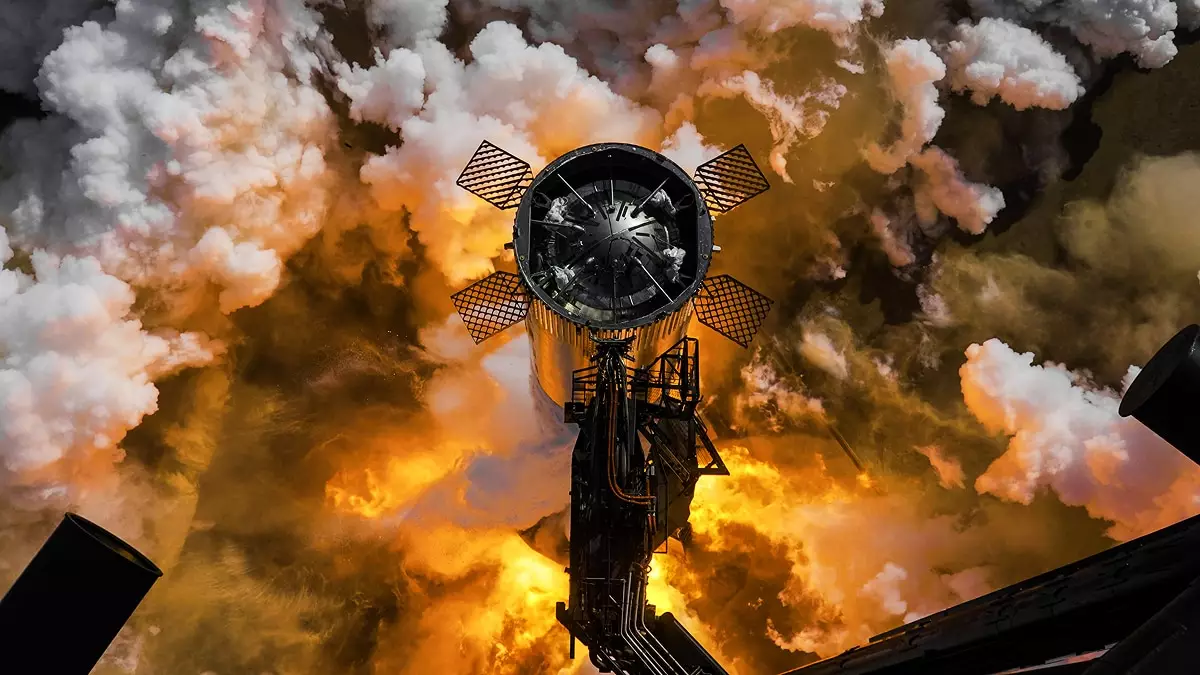As SpaceX gears up for its next significant leap in space exploration, the company recently executed successful static fire tests on both stages of its heralded Starship launch system. Conducted at the renowned Starbase facility in Texas, these tests represent a crucial step in the preparation for integrated flight testing, which aims to fine-tune the performance of this ambitious spacecraft designed for a variety of future missions.
The centerpiece of these tests was the Super Heavy booster, which underwent a full-duration static fire involving all 33 Raptor engines. This extensive test simulates the extreme conditions that the booster will face during an actual launch, ensuring that it can generate the necessary thrust for lift-off. Meanwhile, the second stage of Starship underwent its own separate tests, where engineers varied engine thrust levels to mimic the different phases of flight, indicating a sophisticated approach to performance validation.
Strategic Steps Forward
Following the static fire tests, the next logical progression is the stacking of the two stages in preparation for an upcoming test flight, known as the Integrated Flight Test 8 (IFT-8). SpaceX has communicated that this significant event could potentially occur by late February, pending the critical go-ahead from the Federal Aviation Administration (FAA). This regulatory approval remains a pivotal element due to the safety considerations inherent in launching such advanced technology into space.
Just a few months prior, SpaceX conducted IFT-7 in January 2025, which marked a milestone for the company as the Super Heavy booster was successfully captured using the autonomous robotic arms of the launch tower. However, the mission wasn’t without its challenges; communication with Starship’s second stage was lost mid-flight, resulting in debris falling into the Caribbean. This incident sparked concerns of a possible in-flight breakup and highlighted the critical need for design revisions in future missions.
Looking to the Future: NASA’s Artemis Program and Beyond
SpaceX’s dedication to refining the Starship system goes beyond mere test flights. The aspirations for the Starship vehicle include significant collaborations with NASA, particularly in relation to the Artemis program. Scheduled for 2027, Artemis 3 aims to facilitate the return of astronauts to the moon. The development of a reliable Starship lander is paramount to the success of these ambitious exploration efforts.
With multiple Starship launches planned throughout the year, SpaceX is not only focusing on enhancing launch reliability but also aiming to achieve advancements in reusable rocket technology. The lessons learned from past test flights, particularly the challenges faced during IFT-7, will be instrumental in ensuring that future missions demonstrate improved flight stability as well as controlled descent capabilities of both stages.
The journey towards achieving consistent and reliable human spaceflight through SpaceX’s Starship is fraught with challenges, but the advancements made in recent tests underscore the company’s commitment to innovation. As engineers diligently work to refine the propulsion systems and ensure safe operational capabilities, the broader implications of successful Starship missions—including those associated with NASA’s Artemis program—promise to reshape the landscape of space exploration for generations to come. With keen monitoring and iterative improvements stemming from each test, SpaceX is steadfastly paving the way for a future where space travel becomes commonplace.

Leave a Reply